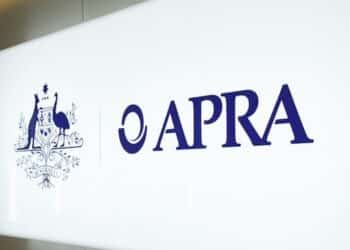In a recent blog post on the FPA’s Money & Life site, AFSL Compliance’s Stewart Chandler said engaging clients on an annual basis could help to reduce paperwork and simplify fee arrangements on both sides.
“An annual engagement … sets out services to be provided and fees to be paid over a 12-month period. The engagement expires at the end of the 12-month period. If the client does not enter a new engagement, the practice ceases charging fees,” Mr Chandler explained.
“The obligation to provide an annual FDS only applies to ongoing fee arrangements. It does not apply to annual engagements. This has always seemed logical to me as the annual engagement by itself meets the intent of the FOFA reforms.”
Mr Chandler said the annual engagement method was a no-brainer for advisers given it was more FOFA-compliant than ongoing fee arrangements, and encouraged a more engaged client base that could boost a practice’s valuation.
“In the early days there was a widely held view that practices would hurt their valuations by adopting the annual engagement model as clients may choose to walk away. It provided less certainty in the future income stream and the preferred approach was an FDS, which was less likely to disturb the existing income stream,” he said.
“Today, that view has turned 180 degrees. Practices with highly engaged clients are valued more highly and annual engagement is a compelling test of this.”
However, Mr Chandler cautioned that advice practices using an annual engagement model would still need to comply with the FASEA standards, which required formal engagements from clients for one-off and commission-based services as well as ongoing services.
But it could provide more flexibility for ongoing advice clients in terms of the time between a review and a fee agreement being put in place, he said.
“For example, a client may have their annual review in April each year. At the completion of the review, they would receive an ROA and a proposed annual engagement for the period 1 July to 30 June. The same would apply each year,” Mr Chandler said.
“This approach provides some margin for error where the annual review is delayed or clients take some time to consider and respond to the annual engagement.”




Another salary based employee who has no idea about having to chase up endless amounts of ridiculous red tape in order to service small investors. But zero comment from this bloke about how 1000 “intra-fund advisers”, charging their members over $100 million pa in ongoing fees, don’t have to meet any of these red tape compliance requirements. More reason why smart retail based advisers are fleeing the FPA. A total waste of space.